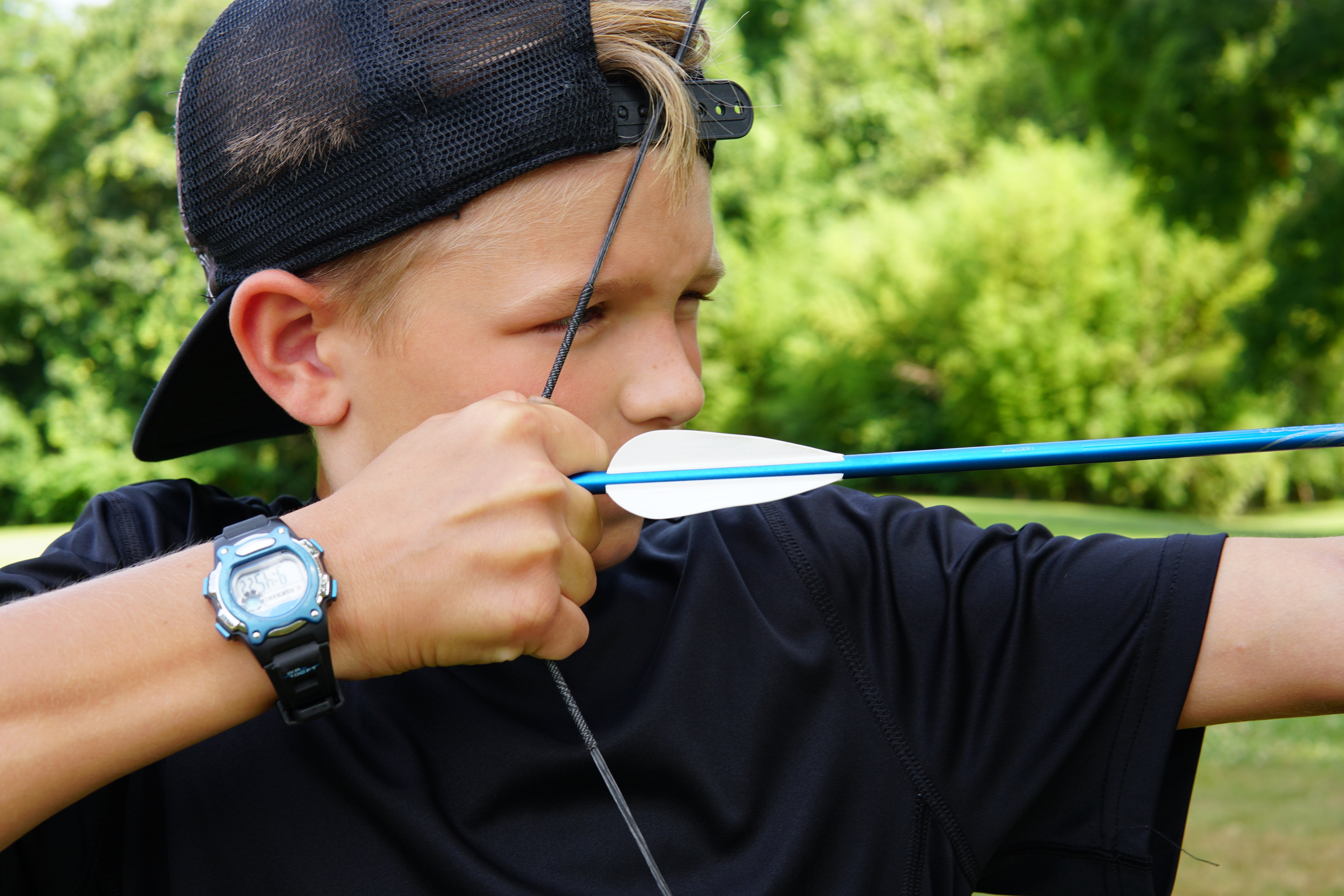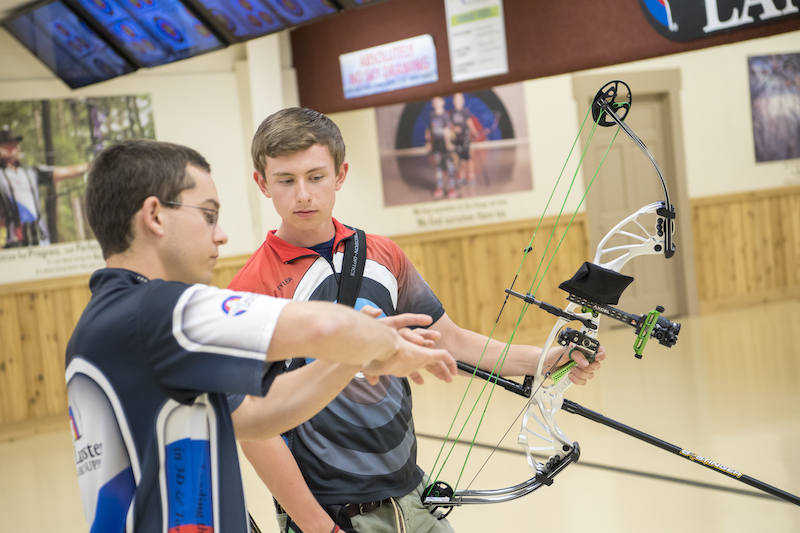

It is common for athletes who are employing visualization training to participate in three such sessions per week. Visualization alone will not develop the most effective mechanisms in the brain to later perform the desired action, but physical training coupled with visualization will create better recognition of the required nervous system response than physical training alone.ĭuring organized athletic training, sports psychologists will commonly direct the visualization techniques employed by an athlete to be utilized in a quiet, secluded area, so as to eliminate distractions. Numerous researchers since that time have expanded on the concept. Alexander Bain (1818–1903) of Great Britain was the first scientist to develop a theory as to how the brain built such patterns to direct and control repeated physical movement. A neural pattern is similar to diagramming the specific wiring and circuits necessary to transmit an electrical current.

This direction creates a neural pattern in the brain, a pattern identical to the network created by the actual physical performance of the movements. During visualization, the brain is directing the target muscles to work in a desired way.

Visualization is intended to take the athlete to an image that conveys what perfection represents in the particular aspect of the sport. The development of a wide range of mental powers, such as focus and concentration, elevates athletic performance over-analyzing detracts from the athlete's ability to react instinctively, an attribute that is usually a more desirable quality than the ability to reason through every sporting circumstance. There is a powerful relationship between mental and physical performance in sport. Athletes may also depend on auditory images (sounds), kinesthetic images (movements), tactile sensations (touch), and purely emotional stimulation, in combination with visualization or as freestanding training aids, as may be appropriate to the effort to elevate the performance of the athlete. Visual images are usually the most important to athletic training and may be employed as the sole mental training method. Visualization occurs when athletes are able to create an image or a series of images relevant to their sport, without any external prompts or stimulation the images are mentally generated by the athlete alone. Visualization is used primarily as a training tool, one that improves the quality of athletic movement, increases the power of concentration, and serves to reduce the pressures of competition on the athlete while building athletic confidence. Visualization is also known as mental imagery and rehearsal. Visualization in sport is a training technique that forms a part of the larger science of sports psychology.


 0 kommentar(er)
0 kommentar(er)
